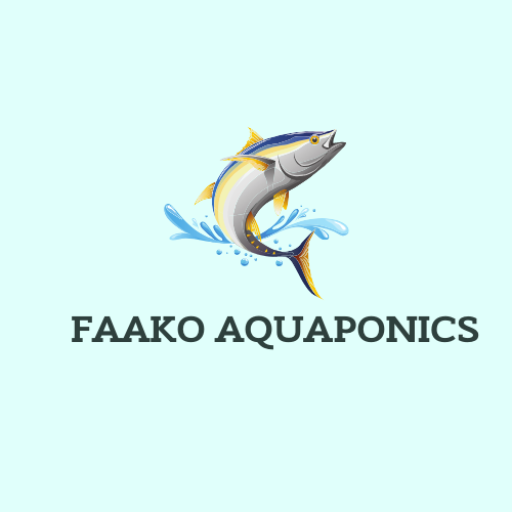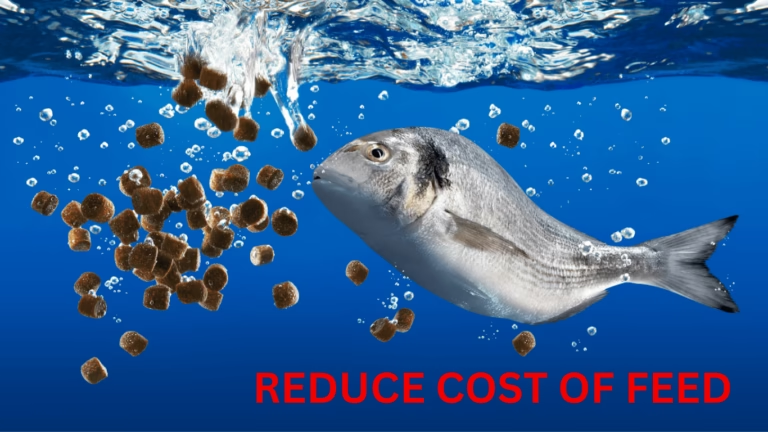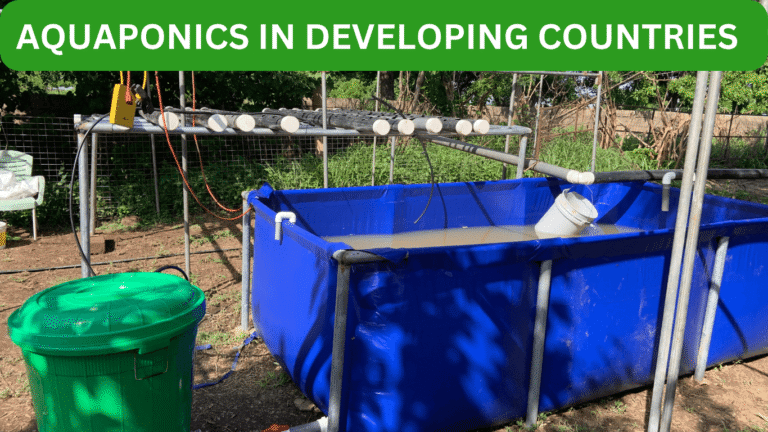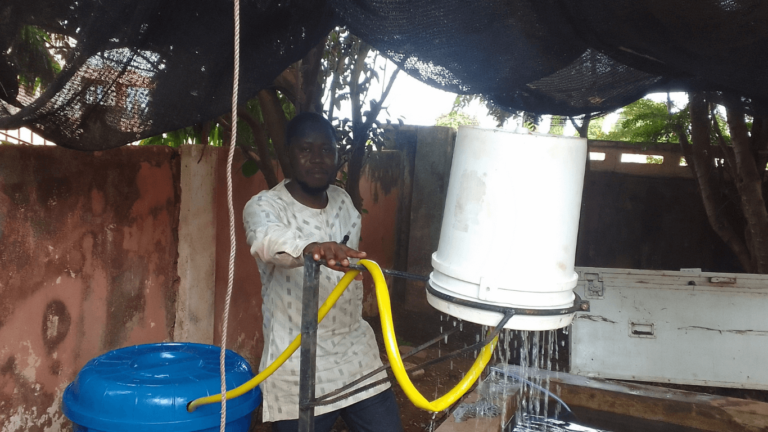14 Ways of Reducing Fish Feed Cost can significantly reduce the expenses in aquaculture since it often accounts for up to 70% of total operational costs. For fish farmers, reducing feed costs while maintaining optimal growth and health of fish is crucial for profitability.
This article explores 14 Ways of Reducing Fish Feed Cost, with practical strategies to help fish farmers minimize feed expenses without compromising production quality.
Importance of Managing Fish Feed Costs
Efficient feed management is the backbone of sustainable aquaculture. Overfeeding leads to wastage and poor water quality, while underfeeding hampers fish growth and increases mortality.
Striking the right balance is key. Understanding how to optimize feed cost directly impacts your profit margin and the environmental sustainability of your farm.
The 14 Ways of Reducing Fish Feed Cost
To learn the best practices in order to reduce the cost of fish feed, consider the following points:
1. Choose the Right Feed for Your Fish
Not all fish feeds are created equal. Selecting feed that matches your fish species and growth stage is critical for cost reduction.
Key Considerations:
Nutritional Requirements: Different fish species have unique dietary needs. For example, carnivorous fish like catfish need protein-rich diets, while omnivorous fish like tilapia thrive on less expensive, plant-based feeds.
Feed Types: Pelleted Floating feeds are generally better for monitoring consumption, reducing wastage. However, sinking feeds may be more economical in some setups. Because sinking feed is actually cheaper than floating feed.
Feed Size: Ensure the feed size matches the fish’s mouth size to reduce rejection and waste. Also, the feed size is not only pelleted to sizes, but each size has their own nutrient requirement.
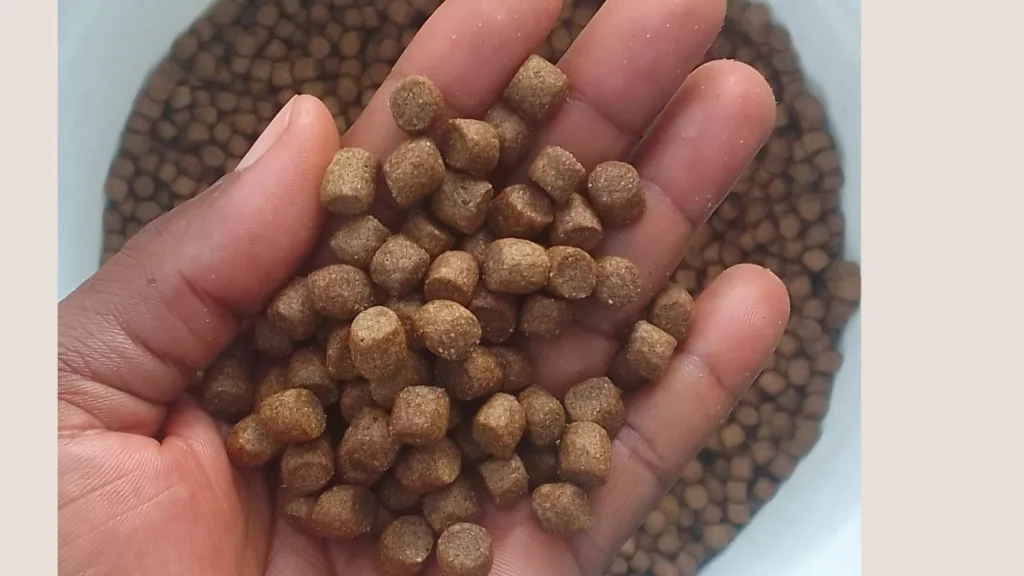
2. Adopt Proper Feeding Practices
How and when you feed fish significantly affects feed utilization. Implement these practices to save costs. For instance, fish eat less when the weather is too cold or too hot. Therefore avoid feeding your fish during such periods.
Monitor Feeding Behavior
Feed your fish based on their appetite rather than a fixed quantity. Observe their feeding response and adjust accordingly. That is what I called the responsive feeding method. Give the fish small at a time and observe how they eat. When they take and still need more then you add them.
Avoid Overfeeding
Overfeeding not only wastes feed but also degrades water quality, leading to higher expenses on water management and potential fish mortality.
Use Feeding Charts
Feeding charts provide guidelines on how much to feed fish at various stages of growth. Following these charts prevents overfeeding and underfeeding. But if you don’t know how to use the chart then rely on the responsive feeding method.
3. Incorporate Supplementary Feeding
Reducing reliance on commercial feed by incorporating supplementary feeds can significantly cut costs. Supplementary feed is the additional feed you give to your fish apart from their main feeding schedule. This will help reduce the amount of feed you would give your fish therefore cutting down cost. It can also make your fish grow bigger since it may give additional nutrients which might not be present or enough in the commercial feed.
Examples of Supplementary Feeds:
Farm Waste: Kitchen scraps, vegetable waste, and agricultural byproducts can be processed and fed to certain fish species. But the downside is that it can lead to water quality issues. Or the fish might not grow bigger if it doesn’t contain the required nutrients.
Natural Feeds: Encourage the growth of plankton, algae, and aquatic plants in your ponds as natural food sources. The common and simple plants to grow for your fish is azolla. Azolla is easy to grow yet fish love it and its benefits to them are numerous.
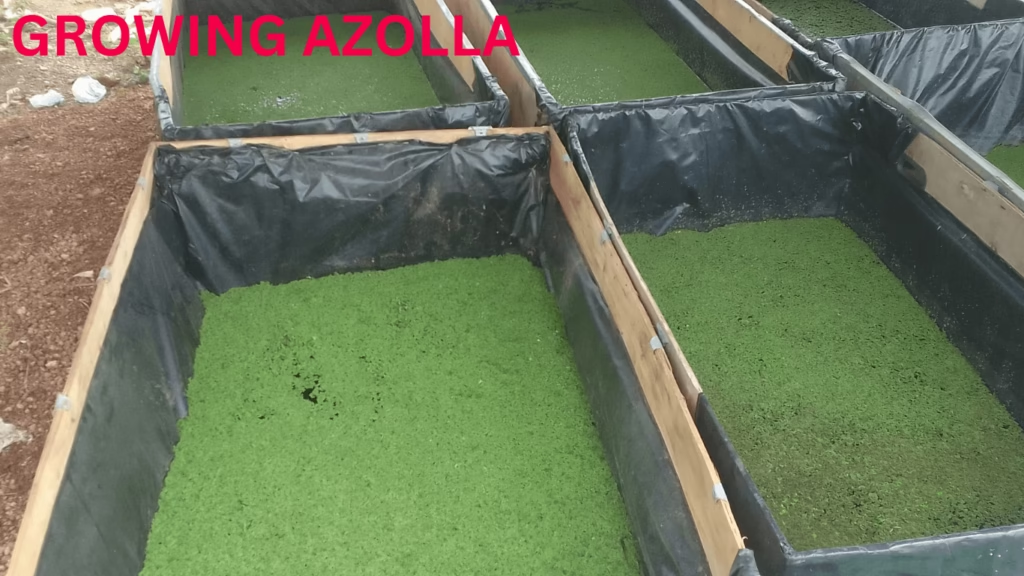
Benefits of Supplementary Feeding:
- Reduces dependency on commercial feed. This will therefore cut down the cost of feeding and production.
- Provides additional nutrients for fish health. This can lead to your fish growing bigger especially using the right feed.
4. Invest in Quality Feed Storage
One of the ways of reducing cost of fish feed is proper feed storage because improper feed storage leads to spoilage, mold growth, and nutrient loss.
These issues directly increase feed costs. I have experienced that in my farm where I lost a lot of feed due to improper storage. I have written another blog article about it. You may check it out to learn more.
But for the meantime, look at the best ways to store your feed to avoid spoilage.
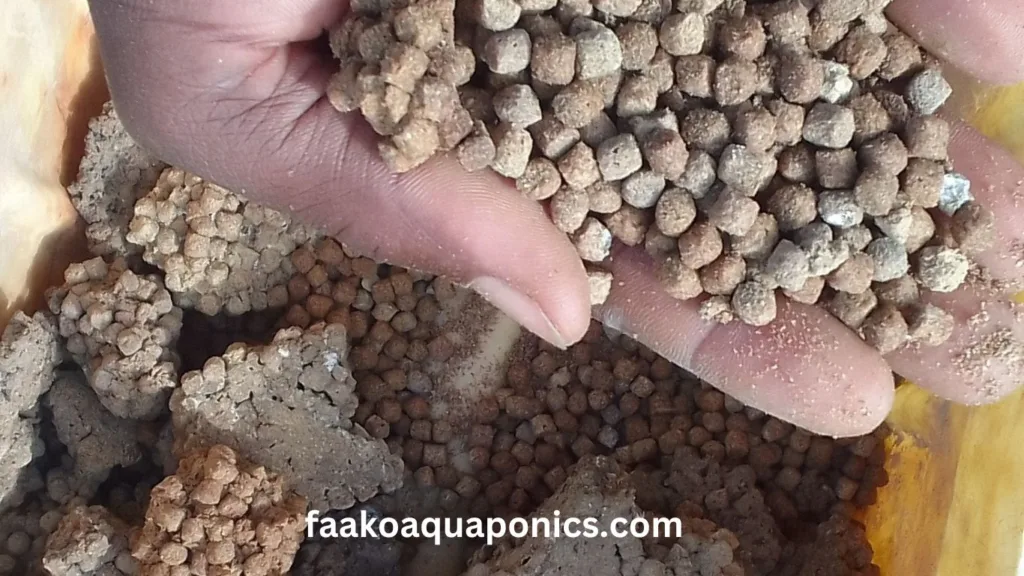
Spoiled fish feed
Feed Storage Tips:
- Store feed in a cool, dry, and well-ventilated area.
- Use airtight containers or bags to prevent moisture exposure.
- Rotate feed stock to ensure older feeds are used first.
- Avoid putting feed on the ground directly.
5. Leverage Feed Formulation
Formulating your feed can drastically lower costs, especially for large-scale farmers.
Steps to Formulate Your Feed:
1. Understand Nutritional Needs: Research the dietary requirements of your fish species. This is very important since inappropriate nutrients can lead to thunder growth of your fish.
2. Source Ingredients Locally: Use locally available ingredients like soybean meal, rice bran, and fishmeal. In some cases buying the raw materials would even cost you more. In that case relying on commercial feed is better.
3. Mix Ingredients Properly: Use a balanced formulation to meet protein, carbohydrate, and fat requirements.
Challenges in Feed Formulation:
- Requires equipment for mixing and pelletizing.
- Initial setup costs may be high but are offset in the long run.
- Require technical expertise especially balancing the nutrients
6. Utilize Technology for Precision Feeding
Modern technology can help optimize feeding practices therefore reducing costs.
Automated Feeders
Automated feeding systems dispense the right amount of feed at scheduled intervals, reducing human error and wastage. This also reduces the cost of labor and time usage.
Feed Monitoring Apps
Several mobile apps and software solutions track fish growth and feeding patterns, helping farmers make data-driven decisions.
7. Encourage Fish Growth through Pond Management
Healthy pond conditions promote faster fish growth, reducing the feed-to-growth ratio (FCR).
Pond Management Tips:
- Maintain optimal oxygen levels through aeration.
- Use filtration system such as the Recirculating Aquaculture System (RAS)
- Regularly clean and desilt ponds to prevent feed accumulation and water contamination.
- Balance pond ecology to support natural food production.
8. Buy Feed in Bulk
Purchasing feed in bulk often comes with discounts from suppliers, reducing overall costs. But make sure you store your bulk feed appropriately as mentioned earlier to avoid spoilage as it happened to me.
Bulk Purchasing Tips:
- Ensure you have adequate storage facilities before buying in bulk.
- Coordinate with other farmers for collective bulk purchases to negotiate better prices.
9. Train Farm Workers
Train your staff on proper feeding techniques and pond management to minimize feed wastage. Well-trained workers can identify overfeeding signs, optimize feeding schedules, and handle feed storage correctly.
Continuing learning and training is also key to success. You may check out this post on a comprehensive guide to fish farming from setup to harvest.
10. Monitor Feed Conversion Ratio (FCR)
The feed conversion ratio (FCR) measures how efficiently fish convert feed into body weight. A lower FCR indicates higher efficiency.
How to Improve FCR:
- Provide balanced nutrition tailored to fish needs.
- Minimize stress factors like overcrowding and poor water quality.
- Regularly assess fish health and adjust feeding rates accordingly.
11. Use Probiotics and Additives
Probiotics and feed additives enhance digestion and nutrient absorption, improving feed efficiency.
Benefits:
- Reduce feed consumption while maintaining growth rates.
- Improve fish immunity, lowering the risk of disease outbreaks.
12. Explore Alternative Protein Sources
Traditional protein sources like fishmeal are expensive. Replacing them with alternatives can significantly cut costs.
Alternative Protein Options:
- Insect-based proteins (e.g., black soldier fly larvae).
- Plant-based proteins (e.g., soybean and spirulina).
- Algal biomass and single-cell proteins.
13. Collaborate with Research Institutions
Partnering with agricultural and aquaculture research organizations can provide access to the latest feed technologies and cost-saving innovations.
Benefits of Collaboration:
- Learn about new feed formulations and additives.
- Access training programs and workshops.
- Teaming up to buy feed in bulk.
14. Regularly Review Feed Costs
Track your feed expenses periodically and compare them with fish growth rates and market prices. Adjust your feeding practices and budgets to align with your financial goals.
Conclusion
Reducing fish feed cost is a multifaceted process that requires attention to feeding practices, feed quality, storage, and pond management.
By implementing these 14 ways of reducing fish feed cost, fish farmers can significantly lower expenses, increase profitability, and maintain sustainable aquaculture practices.
Remember, cost reduction should not come at the expense of fish health or growth. A balanced approach ensures long-term success in fish farming.
